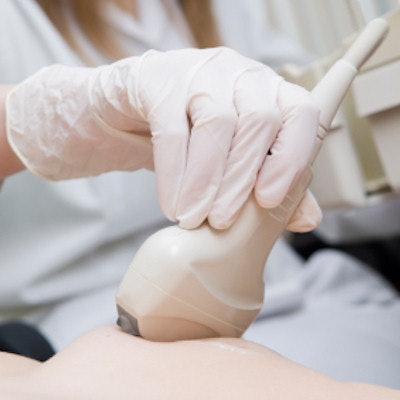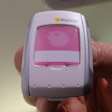
The idea of handheld ultrasound is not a new one, with first-generation systems being available for almost a decade. These first devices were a marvel in shrinking ultrasound technology into a smartphone-sized device. They also prompted a media scrum of headlines boasting that all physicians would shortly be wielding handheld Star Trek "medical tricorders" capable of on-the-spot diagnosis for all manner of conditions.
 Stephen Holloway is principal analyst and company director at Signify Research.
Stephen Holloway is principal analyst and company director at Signify Research.Despite the hype, actual adoption of handheld ultrasound was weak. Image quality of early units was poor in comparison with other compact and cart-based ultrasound systems, and they were still relatively expensive. Above all, they lacked a clear specificity of clinical purpose, initially positioned as a diagnostic tool for general medicine and general practice, two areas where physician capability and training for ultrasound use is limited at best.
At the same time, ultrasound was undergoing a quiet revolution. Use of ultrasound in applications such as anesthesiology, emergency medicine, and critical care was proliferating, with a growing base of bulkier compact and cart-based systems designed to aid specific procedures or diagnoses, such as needle guidance in anesthesiology and focused abdominal sonography in trauma (FAST) protocol in emergency medicine. Today, a new range of handheld ultrasound systems is entering the market. So, what should we expect from this next generation?
More specificity
Most striking has been the increased focus on designing handheld ultrasound systems specific for defined use-cases. Recent releases of handheld units have offered more focus on scan type, from automatic bladder scanning, emergency medicine triage protocols, on-field sports medicine for musculoskeletal damage assessment, and even vascular line placement.
In addition, there has been a greater push from vendors on user education. As a significant proportion of second-generation handheld systems is based on smartphone or smart-tablet hardware, the ability to quickly download training modules is far simpler than with conventional ultrasound. This can, therefore, help in driving adoption in nontraditional ultrasound user bases and into wider general medical practice.
More capability
From a technological perspective, significant improvements have also been made. Image quality of handheld ultrasound has been improved from the initial first-generation offerings, capitalizing on advances in smartphone and tablet processing power. In addition, miniaturization of system and probe technology has allowed a variety of designs, exemplified by "system in a transducer" designs, in which all ultrasound hardware is cased within the probe body.
This means the transducer can simply be plugged into a smartphone or tablet device, with the scanning software downloaded as an app. Some systems are also now wireless, further adding to the flexibility of use.
More adaptability
Probe design has also evolved showcased by "dual-probe" models, combining two transducers within a single probe housing (most commonly linear and phased array). This increases the diagnostic capability of the system to cater for a wider array of clinical uses without the need to swap transducers between or during exams. Vendors of handheld systems are also targeting future generations of users with focus on training for students. Online training tutorials and downloadable content for ultrasound will increasingly become common. Moreover, to mitigate the still relatively high cost of these handheld devices, a variety of subscription and rental models for education and training users are emerging.
A step in the right direction
It's clear then that the new wave of handheld ultrasound devices are a great improvement on first-generation devices. More targeted functionality, system capability, and accessible training and user support will certainly drive greater penetration than early releases. Additionally, the combination of ultrasound with smart electronic hardware also opens the potential for sharing ultrasound images between physicians or patient records, regardless of location. Handheld ultrasound can also play a role in driving ultrasound in telemedicine, allowing use in more remote or out-of-clinic locations.
However, do not expect every physician to be carrying one in the next few years. Ultrasound use and interpretation, as is often discussed by veteran users, is a complex art that takes years of experience to learn its many and varied nuances. While training, simplification, and increased on-device support will go some way to solving this, growing user expertise in new clinical user groups and the wider physician community will require more than just better handheld systems.
Originally published in ECR Today on 1 March 2017.
Copyright © 2017 European Society of Radiology


















